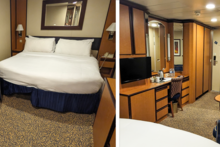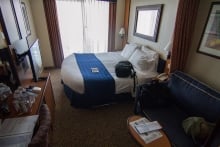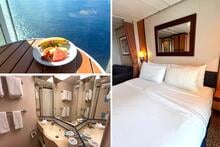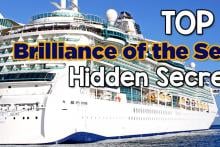Cruises are known for offering an impressive value in a vacation. Food, accommodation, onboard activities, and transportation to various ports is included in guests’ cruise fares, and this is what draws millions of people, including myself, to book cruises every year.
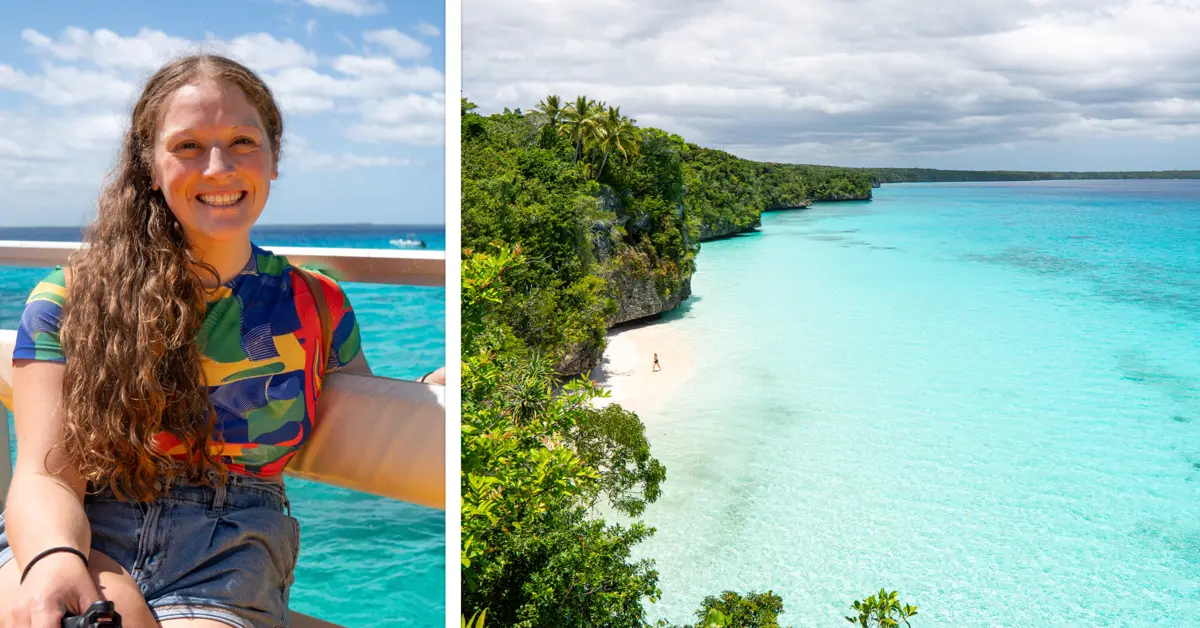
Last month I cruised to the South Pacific from Sydney, Australia, and I spent ten days aboard Royal Caribbean’s Brilliance of the Seas.
Because it was my first time cruising from Australia, I wasn’t sure what to expect in terms of my cruise budget, but I hoped I could keep costs relatively low while still maximizing my vacation experience.
In total, I spent $3,214 for my cruise vacation. Here’s what everything cost, from my $1,273 flight to $230 catamaran tour.
*All prices are in US Dollar (USD) unless otherwise noted
I paid $1,009 for my cruise fare, which included all taxes, fees, and gratuities
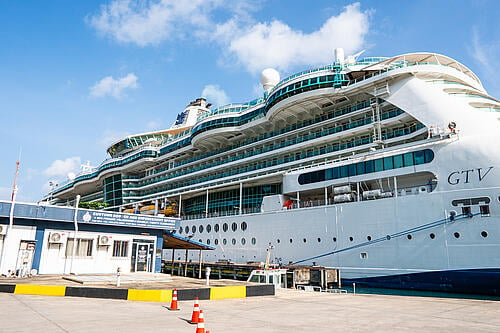
I booked my South Pacific cruise nearly a year in advance. This meant prices were significantly cheaper than if I had booked just a few weeks or months before the departure date.
For a 10-night cruise, my interior cabin came out to just $2,018, which included all taxes, fees, and gratuities for two guests. As one of my friends joined me on the sailing, we paid just $1,009 each. This was a steal for a 10-night itinerary, bringing the nightly cost to just around $100 per person.
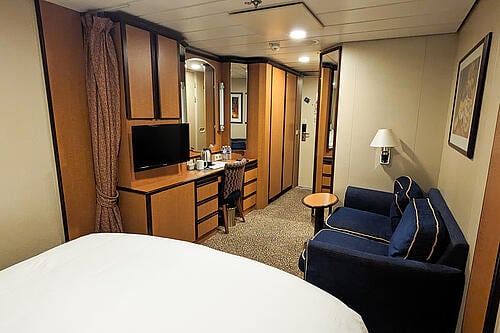
Flying to Australia is not necessarily cheap, but I found prices relatively reasonable. For a round trip flight on Delta from Los Angeles to Sydney, I paid $1,273. I booked the flight around three months before my cruise.
In addition to my flight, I spent around $45 on roundtrip transportation from Sydney’s airport to the city center. While I took the train into the city upon arrival, I decided on an Uber on the way back as it was more convenient with luggage, albeit more expensive.
I spent the night in Sydney before my cruise, and I spent $200 total for a hotel room
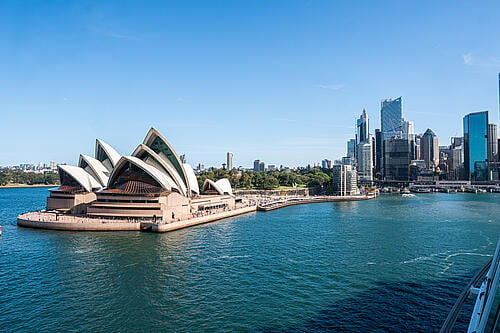
It’s always recommended to arrive in your cruise departure city the day before your cruise begins. This allows you to have extra wiggle room in case your flight gets delayed or canceled.
Most flights from the United States to Australia depart at night and arrive in Sydney in the morning. However, because of the time difference between the two countries, you will usually arrive two calendar days after your flight departs.
Related: The costly cruising mistake newbies make planning their first cruise
If your flight leaves Los Angeles at 10:30 PM on November 20, for example, you will not arrive in Sydney until the morning of November 22. Be sure to account for this when planning flights to Australia.
Regardless of when you arrive, you will need to book a pre-cruise hotel for the night before your cruise. I spent $200 to stay at the Holiday Inn Darling Harbour, which was located near the city’s Chinatown neighborhood. While the hotel was not the most luxurious in Sydney—consider the Hilton, Four Seasons, or Shangri-La for a more upscale experience—it provided a comfortable stay before heading to the cruise port the following morning.
I only spent $75 while onboard, but I had $50 onboard credit
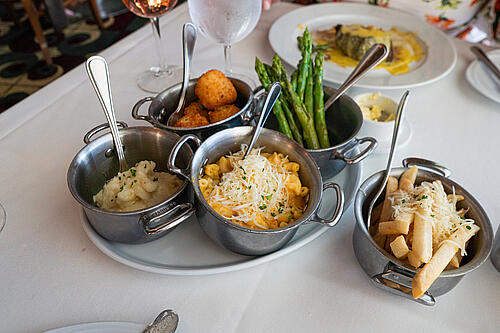
One of the aspects I enjoy most about cruising is the fact that you can board a ship and, if you wish, spend absolutely nothing extra while onboard.
When I cruise, I try to stay relatively frugal on the ship. Because I receive five free drinks a day through Royal Caribbean's Crown & Anchor Society, I rarely spend extra on beverages. And, if I choose to dine at specialty restaurants, I tend to do so for lunch instead of dinner for the lower cover charges.
On my Brilliance of the Seas cruise, I only spent $75 total on top of my cruise fare during my ten days onboard.
On the first evening of the sailing I dined at Chops Grille, Royal Caribbean’s steakhouse, and the cover charge was $50. However, because I had a buy one, get one free deal through my Diamond Plus status, I split the cost with my friend, bringing our meal to just $25 each.
Related: 45 easy ways to save money on a Royal Caribbean cruise
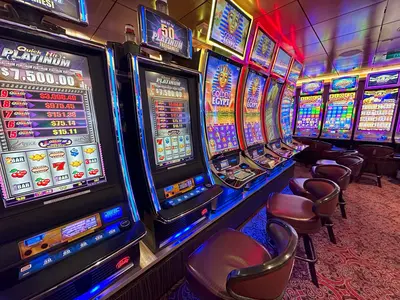
Additionally, I spent $50 at the casino throughout my cruise, but I spent it far too quickly than I would have liked. After realizing luck was not in my favor, I chose to avoid the casino for the rest of the trip.
By the end of the cruise I had only spent around $75. I dined primarily at the ship’s complimentary venues and attended free activities, which made it easy to keep my expenditure so low.
Additionally, I received $50 onboard credit by booking my sailing through MEI Travel, effectively bringing my overall cost onboard to just $25!
In total, I spent $522 on shore excursions, something out of the ordinary for my cruising style
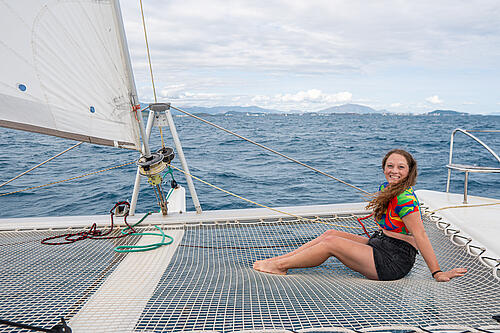
I rarely book shore excursions in cruise ports. After too many crowded, overly touristy shore excursions, I almost always prefer to explore ports on my own or hire a private guide instead.
Yet when planning my South Pacific cruise, I realized I had no idea how to spend my days in port. I had never been to that region of the world before, and some of the ports, such as Luganville, Vanuatu, are so infrequently visited by cruise ships that I could not find updated information online about the ports.
On our first stop in Lifou, I rented a bicycle for $30 and spent another $7 on an entry ticket to Kiki Beach, one of the most extraordinary beaches I’ve ever seen.
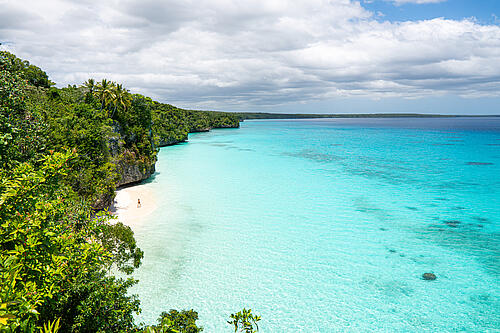
For the following two days in Luganville and Port Vila, Vanuatu, I booked a spot on a private tour of the islands, spending $65 and $105, respectively.
Related: Top 10 cruise ship shore excursion mistakes to avoid
Then, in Mystery Island, I split a private cabana rental for $55 per person and took an hour-long day tour of a nearby island for $30.
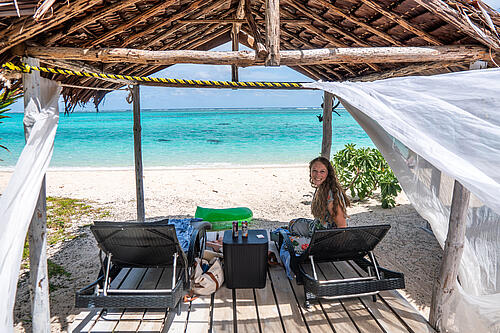
Finally, my day in Noumea was the most expensive yet, as I signed up for a spot on a private catamaran charter. For $230 per person, myself and seven other passengers spent a day sailing around New Caledonia’s stunning coastline and small islands.
Normally, I would never consider spending $230 for an eight hour excursion in port, but living in luxury for a few hours on a private catamaran—with food and rosé included—was entirely worth the cost.
While in port, I also spent $40 on food and drinks
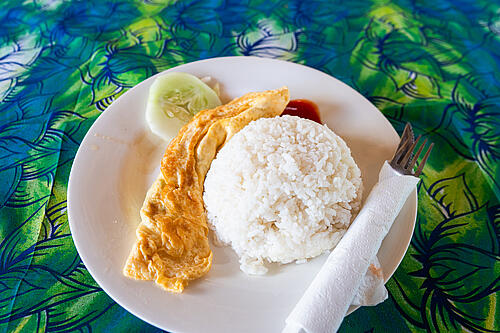
Even though there is endless food included in your cruise fare onboard a Royal Caribbean ship, I always like to try at least a taste of local cuisine in each port. During my five port days, I spent $40 extra on food and drinks not included in my shore excursions.
In Lifou, I spent $10 on kava, a plant native to the region that is made into a beverage. The drink is a natural drug that can elevate your mood and increase relaxation. Although I’m certainly not advocating trying new drugs when you cruise, tasting kava is a right of passage when cruising to the South Pacific!
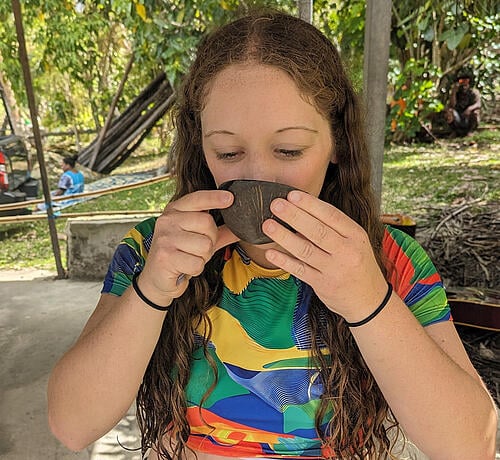
Unfortunately, the drink tastes like mud, and I could hardly drink it. I even tried a second cup a few days later on Mystery Island ($10), and it was just as rancid.
Nonetheless, it was an interesting cultural experience.
Aside from kava, I spent another $20 on miscellaneous food and drinks, including a delightful omelet and rice dish on Santo Island and passion fruit cocktails on Mystery Island.
After the cruise I stayed in Sydney one more night, which cost me $100 after discounts
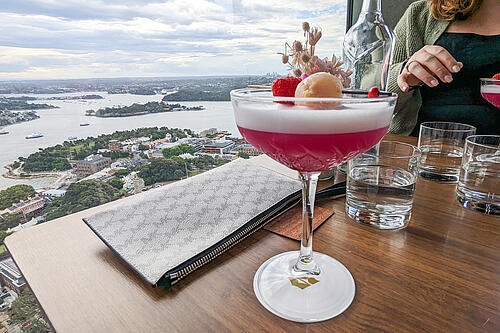
I cruised to Australia with a friend who lives in the United Kingdom. Because we don’t see each other often, we decided to spend another night together in Sydney before returning home.
I decided to “splurge” on a hotel stay at the 5-star Shangri-La Sydney, and I booked a room for $300. However, I was able to use a hotel credit through my American Express card, giving me $200 off the room.
In addition to the $200 discount, I received a $150 AUD credit to use at the hotel, so my friend and I enjoyed cocktails at the hotel’s bar, which featured a stunning view of Sydney Harbour.
In total, I spent $3,214 for my cruise vacation, which included my cruise fare, airfare, hotels, and all shore excursions
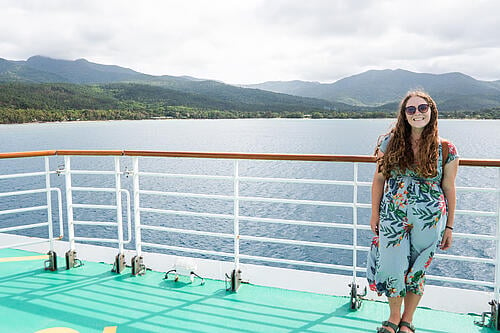
Vacation budgets can vary greatly from person to person, but I found my 10-night cruise on Brilliance of the Seas to be surprisingly affordable.
When I first started planning a cruise from Australia, I expected to spend far more than $3,000 for the vacation. I assumed airfare alone would cost me $2,000, and the cruise fare might cost another $2,000 per person on top of that.
Yet I managed to stay within—even below—my initial budget, and I never felt limited during the cruise. I was able to book several shore excursions, try local food in port, and enjoy food and drinks on the ship without blowing my budget.
If I tried to visit the exotic islands of New Caledonia and Vanuatu on my own, I surely would have spent far more on flights and hotels in each destination. If anything, my cruise to Australia and the South Pacific was just another example of the incredible value a cruise vacation can offer.


